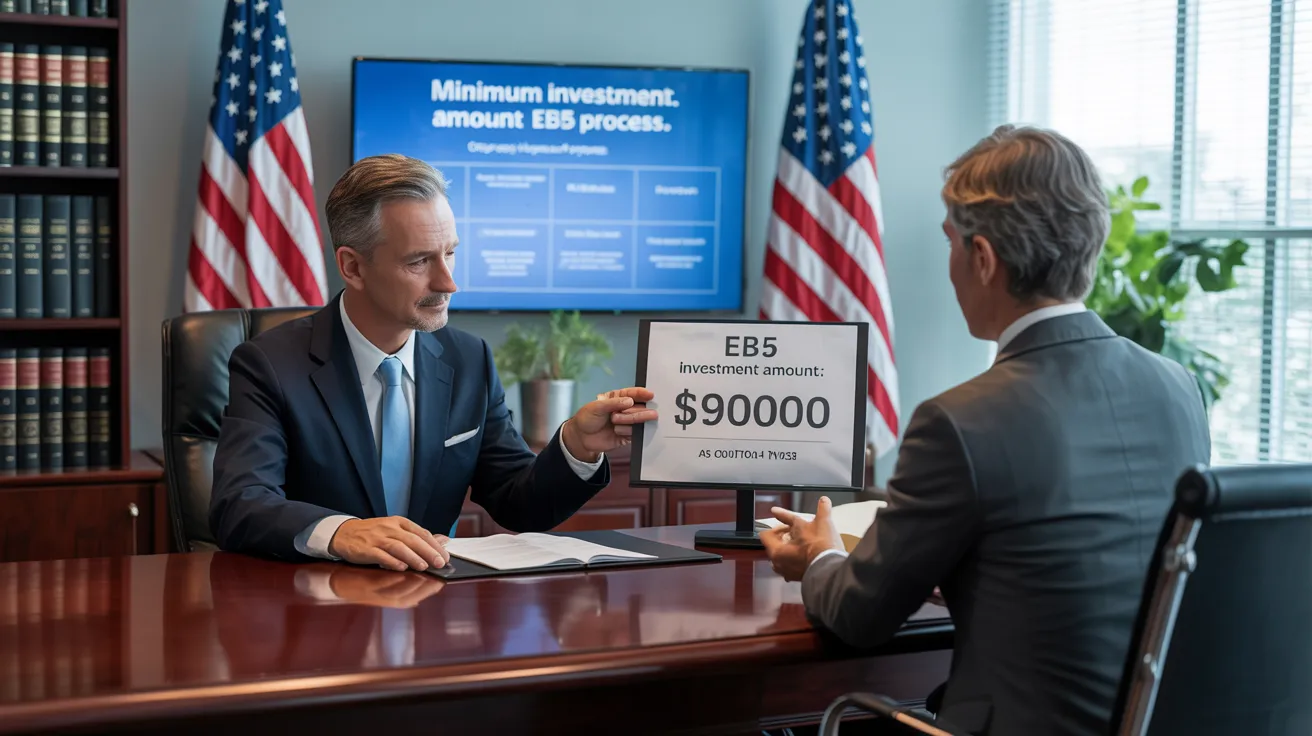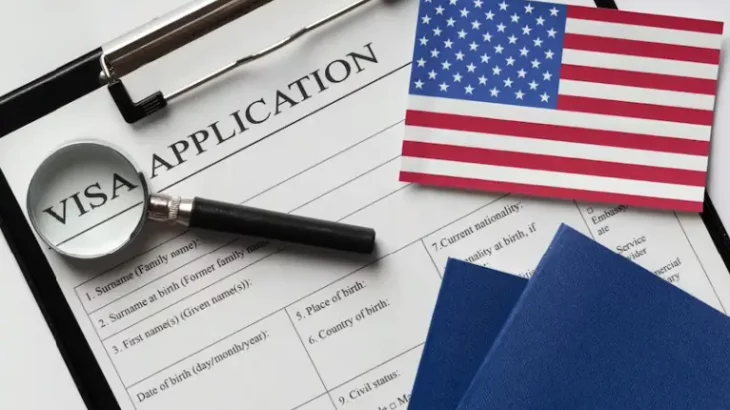Some Known Factual Statements About L1 Visa
Table of ContentsTop Guidelines Of L1 VisaL1 Visa Things To Know Before You BuyNot known Details About L1 Visa Rumored Buzz on L1 VisaSome Known Details About L1 Visa
L-1 visas are available to staff members of an international business with offices in both the United States and abroad. L1 Visa. The visa allows such foreign workers to transfer to the corporation's United States workplace after having actually worked abroad for the business for at the very least one continuous year within the previous three before admission in the United StatesOne L-1 visa can enable multiple staff members access into the United States.
Given that 2000, Indian nationals are the biggest receivers of L-1 visas. The number of L-1 visas given to Indian nationals leapt from 4.5 percent in 1997 to 43.8 percent in 2006. In 2019, Indian nationals got 18,354 L-1 visas, making up 23.8% of all L-1 visas issued in 2019. According to USCIS information, the largest employers to obtain L-1 visas in 2019 were Tata Consultancy with 1,542 approved L-1 visa requests, Infosys with 517, Amazon with 455, Observant with 382, and Deloitte with 305.
Congress created the L-1 visa in 1970. It was introduced as a "noncontroversial modification" for international American companies. The initial visa called for that the job tenure correspond straight prior to making an application for the business transfer. Congress originally did not specify "specialized knowledge". In 1980, the State Department released 26,535 L-1 visas.
L1 Visa - Questions
Major Indian outsourcing firms such as Tata, Infosys, and Wipro progressively made use of the L-1 copyright team American international companies. Fifty percent of Tata's employees brought to the USA began L-1 visas. The North American Open Market Contract had provisions pertaining to intracompany transfers in between the united state, Canada, and Mexico.
In 2003, the Us senate Judiciary Board held a hearing on the L-1 visa. In financial year 2004, the number of L-1B visas went beyond the number of L-1A visas.

Candidates that remain in the United States at the time of the declaring of the I-129 can ask for a change of condition from their existing nonimmigrant condition (i.e. visitor, pupil, and so on), as long as they are in condition at the time of the declaring of the I-129. If they go out of standing after the filing, yet before authorization, there is no negative repercussion, and the person does not accrue illegal visibility.
Youngsters of the key L-1 can attend institution. The partner of the primary L-1 has an automatic right to operate in the USA. Children can not approve paid work. The partner can, yet find out more need not, use with the USCIS for work authorization after getting here in the USA and, after issuance of the Employment Authorization File (EAD, Kind I-765), may thereafter benefit any kind of employer.
The Only Guide to L1 Visa
An I-797 Notice of Action showing the authorization of the visa request does not assure that a visa will be provided at the United state

Not known Incorrect Statements About L1 Visa
For an L-1 visa candidate, "twin Intent" is enabled: unlike some classes of non-immigrant visas (e.g., J-1 visas (L1 Visa)), L-1 candidates may not be denied a visa on the basis that they are an intending immigrant to the USA, or that they do not have a home abroad which they do not mean to desert
L-1 condition might be restored and extended within the USA. Other than when it comes to covering applications, a new I-129 application must be filed. Renewal in the United States puts on standing just, not the real visa in the copyright. copyright revival, the applicant needs to go to a UNITED STATE

The Buzz on L1 Visa
An individual in L-1 condition usually may function just for the petitioning business. If the L-1 worker enters based upon an L-1 covering, nevertheless, it generally is feasible for the worker to be moved in the same ability to any various other related business detailed on the covering. The L-1 visa program has been criticized for many reasons.
In one example, The united state Department of Labor fined Electronics for Imaging $3,500 for paying its L-1 visa employees $1.21 an hour and functioning a few of them as much as 122 hours a week. Some market agents have accused companies of utilizing the L-1 program to replace U.S. workers. Critics and government officials have explained how the visa program does not define "specialized expertise" for foreign employees in the L-1B visa category.